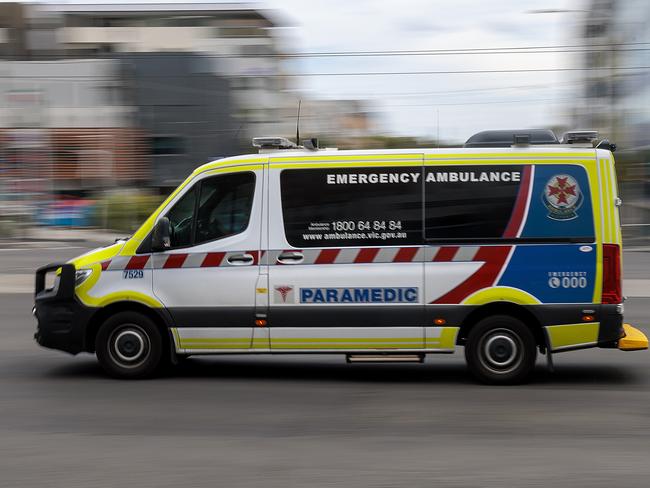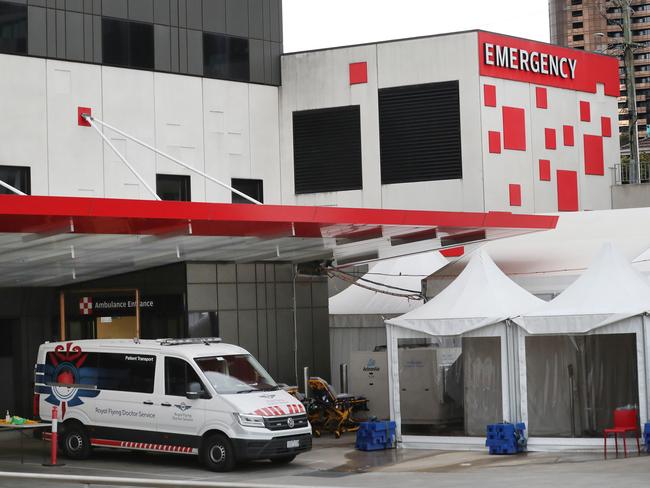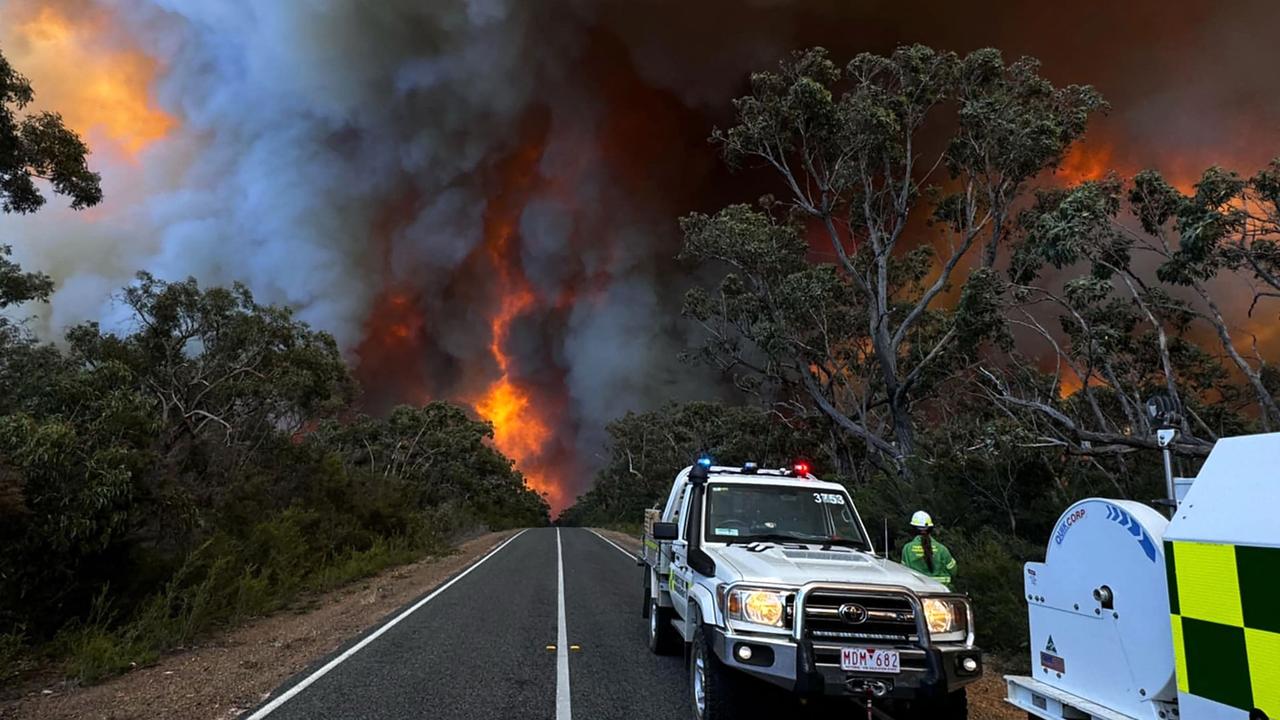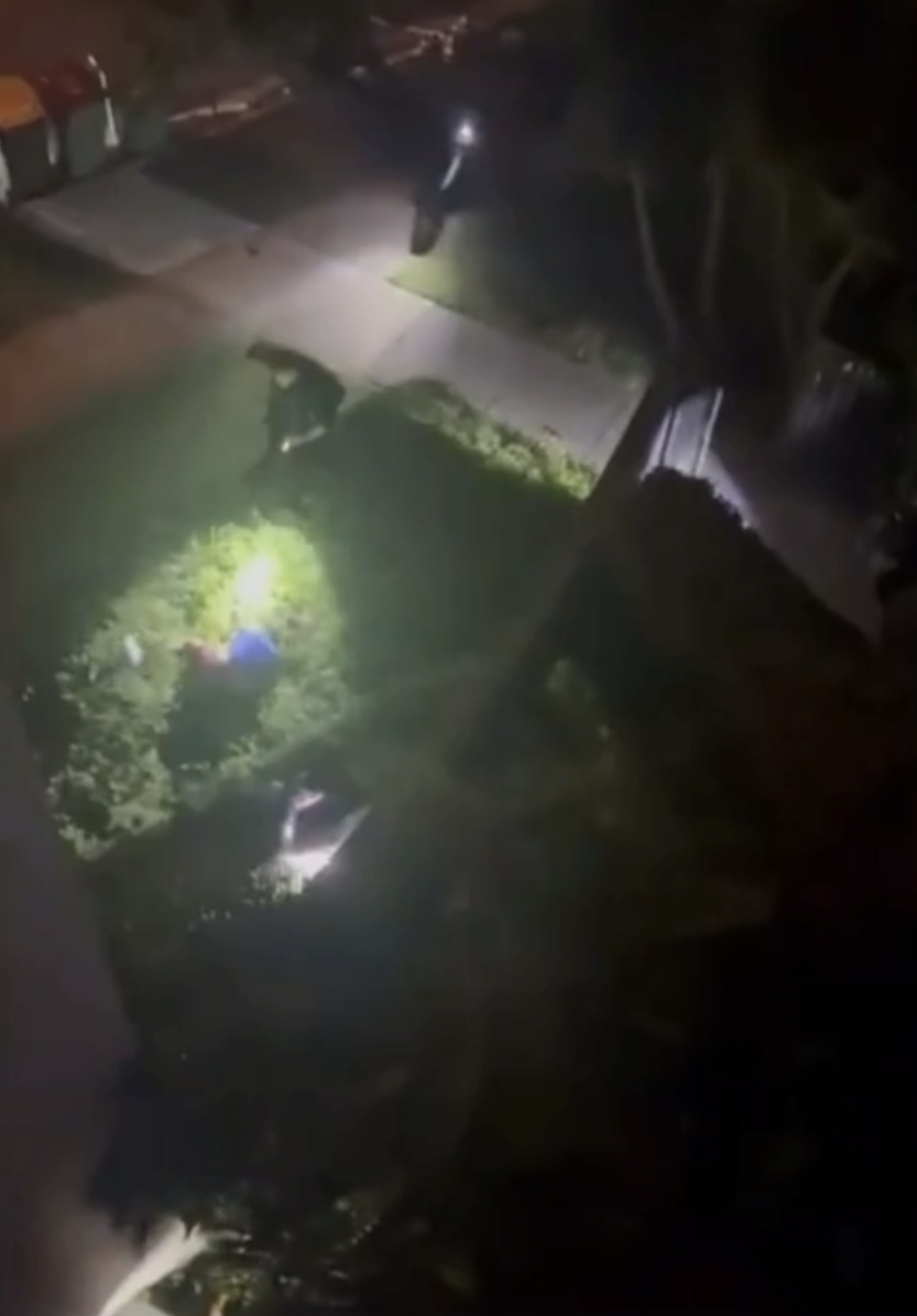Paramedics, patients forced to wait hours as extensive delays cripple hospital system
Ambulances have again been forced to wait for hours outside two Melbourne hospitals as emergency department delays kept paramedics off the road.
Emergency Services
Don't miss out on the headlines from Emergency Services. Followed categories will be added to My News.
Ambulances were once again ramped outside a Melbourne hospital overnight, as lengthy emergency department delays kept frustrated paramedics off the road.
Several crews at the Austin Hospital were stuck with their waiting patient for three to four hours, including one ambulance that waited for seven hours.
Victorian Ambulance Union general secretary Danny Hill said they were waiting so long that the ambulance had to change workers, with the night shift crew directed to drive to the hospital to be with the patient instead of out on the road responding to emergencies.
He said Sunshine Hospital in Melbourne’s West had also recorded lengthy delays on Wednesday afternoon, with crews stuck for three to four hours.
It comes after after lengthy emergency department delays kept paramedics off the road for up to eight hours on Tuesday night.
Multiple ambulances spent hours parked outside Box Hill Emergency Department – instead of responding to other emergencies – because doctors could not admit their patient.
A picture of the hospital’s ambulance arrival dashboard – taken early Wednesday morning and provided to the Herald Sun – shows five ambulances had been waiting more than four and a half hours, including one patient and crew that had been ramped for more than seven hours.

Mr Hill slammed the delay – which he said reached eight hours at one point – and called on hospital’s to stop using paramedics to fill their staffing gaps.
“It’s just a completely unnecessary waste of resources,” he said.
“They’re using paramedics as a labour pool, as their own workforce, to look after patients in their corridor.
“The hospital should be putting on staff so that they can look after these patients in the waiting room if that’s what is required.
“There seems to be a greater focus on looking after patients in hospital waiting rooms with paramedics, then actually out there in the community and that’s not what ambulance services are for.”
Video from the night shows multiple crews – undertaking industrial action after EBA negotiations stalled – had turned on ramped ambulances’ beacons after 40 minutes, the target transfer time, to highlight the delays.
Under ‘fit to sit’ rules, paramedics can direct some patients – if they and the hospital feel they are well enough – to the waiting room, if they are not sick enough to warrant immediate admission.
But the hospital can ask paramedics to wait with the patient if they think they are too sick for the waiting room, leaving crews stuck for hours and unable to help their busy colleagues on the road with emergencies.
Mr Hill said after six hours, some of the crews were told it was now okay for the patient to wait in the waiting room, and questioned why this could not have happened earlier.
“The hospital management really needs to be getting involved in trying to free up ambulance crews to respond to patients in the community,” he said.
He said ramping was an issue across multiple hospitals and forced paramedics to miss breaks and work well beyond the end of their shift, unable to leave their patient.
An Eastern Health spokeswoman said Box Hill had seen “an increased volume of higher acuity cases through our Emergency Department”.

“With such significant demand, coupled with workforce pressures, there are times where demand can exceed availability, resulting in delays to admission,” she said.
“Despite the health system being under a great deal of pressure, we constantly strive to work in conjunction with Ambulance Victoria to deliver the best care for our community.”
“And we encourage our community to keep Emergency Departments for emergencies only, and for non-urgent or non-life threatening conditions, please access alternative health care options such as your local GP if this is suitable.”
Ambulance Victoria chief executive Jane Miller said they respected their people’s right to take protected action – which includes activating ambulances’ beacons when ramped – during these negotiations.
“AV continues to negotiate in good faith with employee representatives towards a mutually beneficial Ambulance Victoria Enterprise Agreement 2024,” he said.
“Most importantly, if Victorians have an emergency and you need an ambulance, you will get one, and patient safety will not be impacted.”



